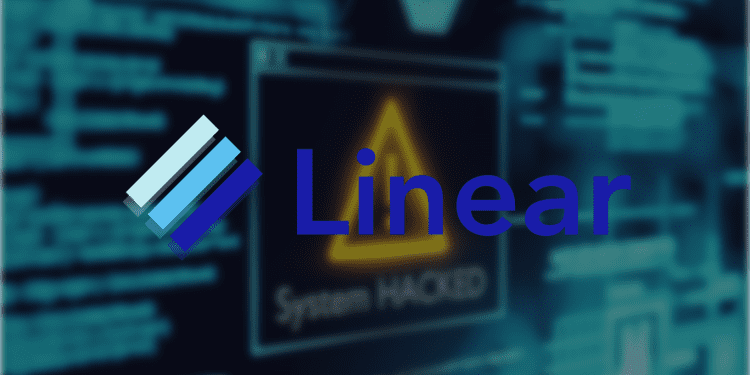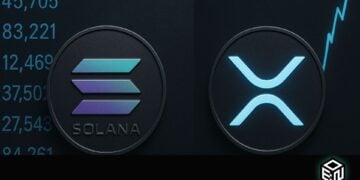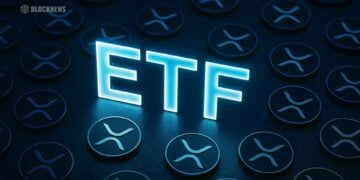- Linear Finance’s ℓUSD token liquidity was entirely drained due to a security breach involving the illicit minting of ℓAAVE tokens.
- In response, Linear Finance paused crucial protocol contracts, disabled the ℓUSD bridge, and began tracking the culprits with authorities.
- Despite the setback, Linear Finance has shown growth, securing $1.8 million for a synthetic asset exchange and successfully integrating with Binance Smart Chain.
Linear Finance, a Hong Kong-based DeFi protocol, revealed on Thursday a severe security breach that compromised its Linear USD token. In a fast series of events, the attack drained the entire liquidity of its ℓUSD, leading to its price plummeting to zero. The attacker employed a tactic allowing them to mint an unlimited supply of ℓAAVE tokens. These were then traded for ℓUSD on the Linear Exchange, before being offloaded on both PancakeSwap and Ascendex.
The company quickly sprung into action, releasing a statement that read, “The Linear Finance protocol was subject to an attack that resulted in the draining of all ℓUSD liquidity on both PancakeSwap and Ascendex.” The incident sent ripples throughout the DeFi community, prompting urgent calls for enhanced security and vigilance.
Immediate Measures in Place
Post the security breach, Linear Finance took immediate and essential steps to safeguard its assets and users. The protocol contracts allowing token minting, burning, or trading were paused. Additionally, the Linear bridge contract specific to ℓUSD was disabled. The company has also been proactive in tracking down the assailants, sharing wallet details linked to the exploit with major exchanges and authorities.
Reiterating their commitment to their users, Linear Finance expressed, “Restoring the protocol and un-doing the damage for our users will be our highest priority until the issue is fully resolved.” Such an approach is vital in a world where trust is a currency of its own.
Linear Finance’s Funding
While the attack is undeniably a setback, it’s essential to note that Linear Finance has made significant strides since its inception. Not too long ago, the protocol secured $1.8 million in strategic financing, aiming to launch a synthetic asset exchange. Distinguishing itself from the competition, Linear Finance championed cross-chain compatibility, integrating with Binance Smart Chain and anticipating collaborations with two other blockchains.
Moreover, the protocol has been lauded for its economical and efficient nature. With Binance Smart Chain’s integration, oracle update frequencies are projected to drop to just 10 seconds, with gas fees being a fraction of those charged by Ethereum. Linear Finance’s choice of Binance Smart Chain was strategic, as it’s often hailed as Ethereum’s top competitor.
Further evidence of its growth was seen with its listing of XRP, signaling a strong future trajectory for the protocol. The XRP listing was especially noteworthy given the digital asset’s recent relisting on major platforms after winning a lawsuit against the United States Securities and Exchange Commission.
While the attack on Linear Finance underscores the vulnerabilities inherent in the digital finance landscape, it also showcases the importance of quick action, transparency, and commitment to users. As the DeFi space evolves, so will its challenges. However, with proactive measures, constant vigilance, and a dedication to innovation, platforms like Linear Finance will continue to shape the future of decentralized finance.














